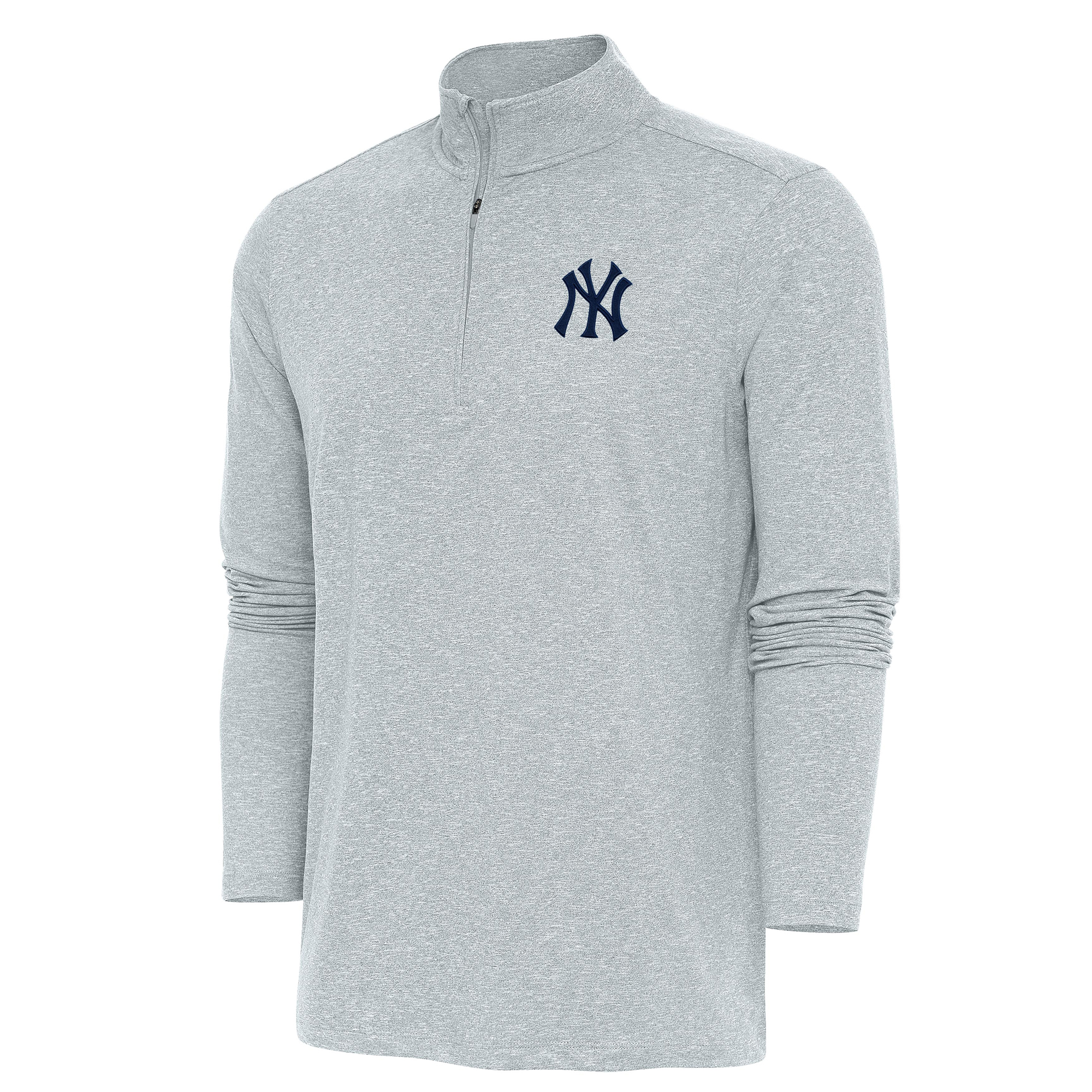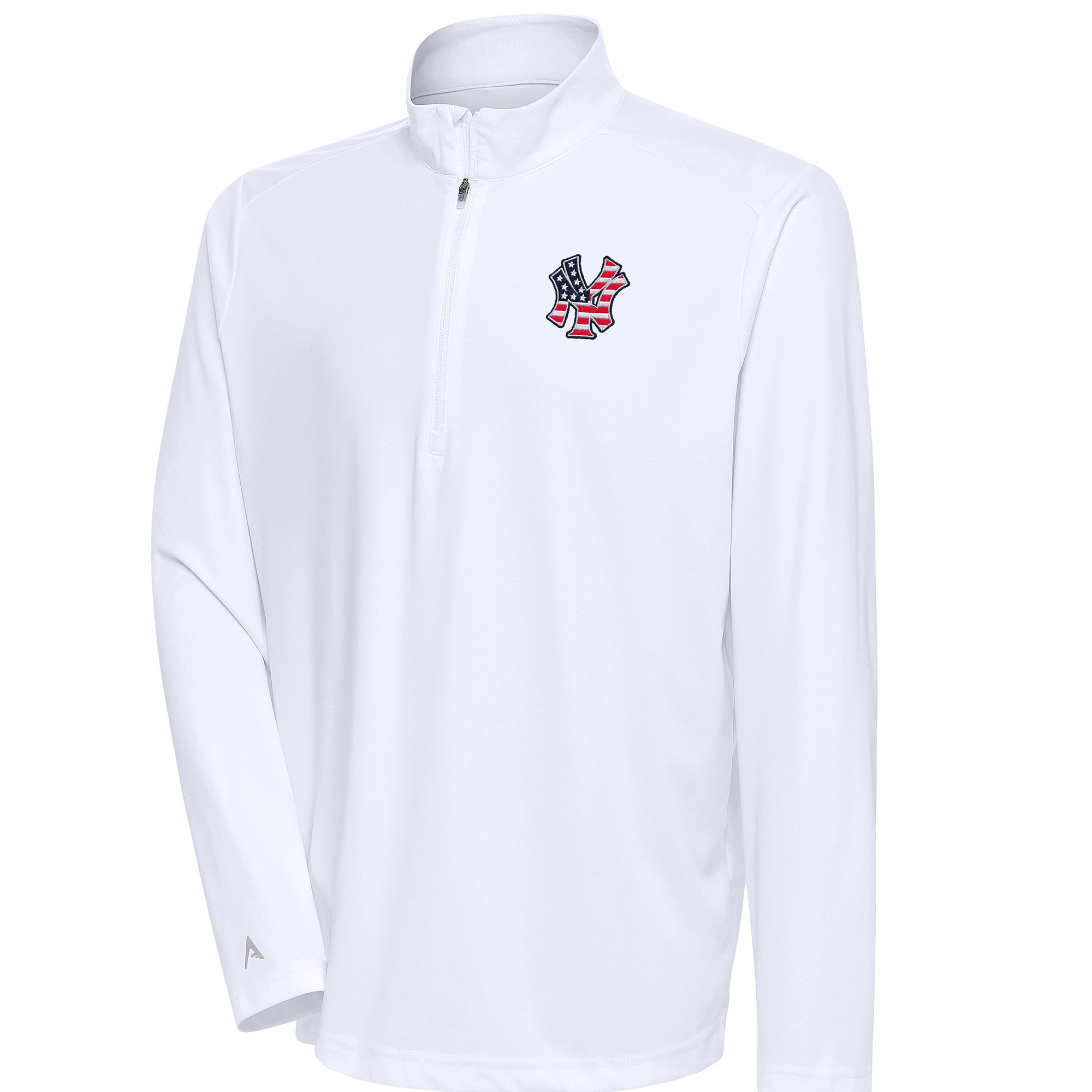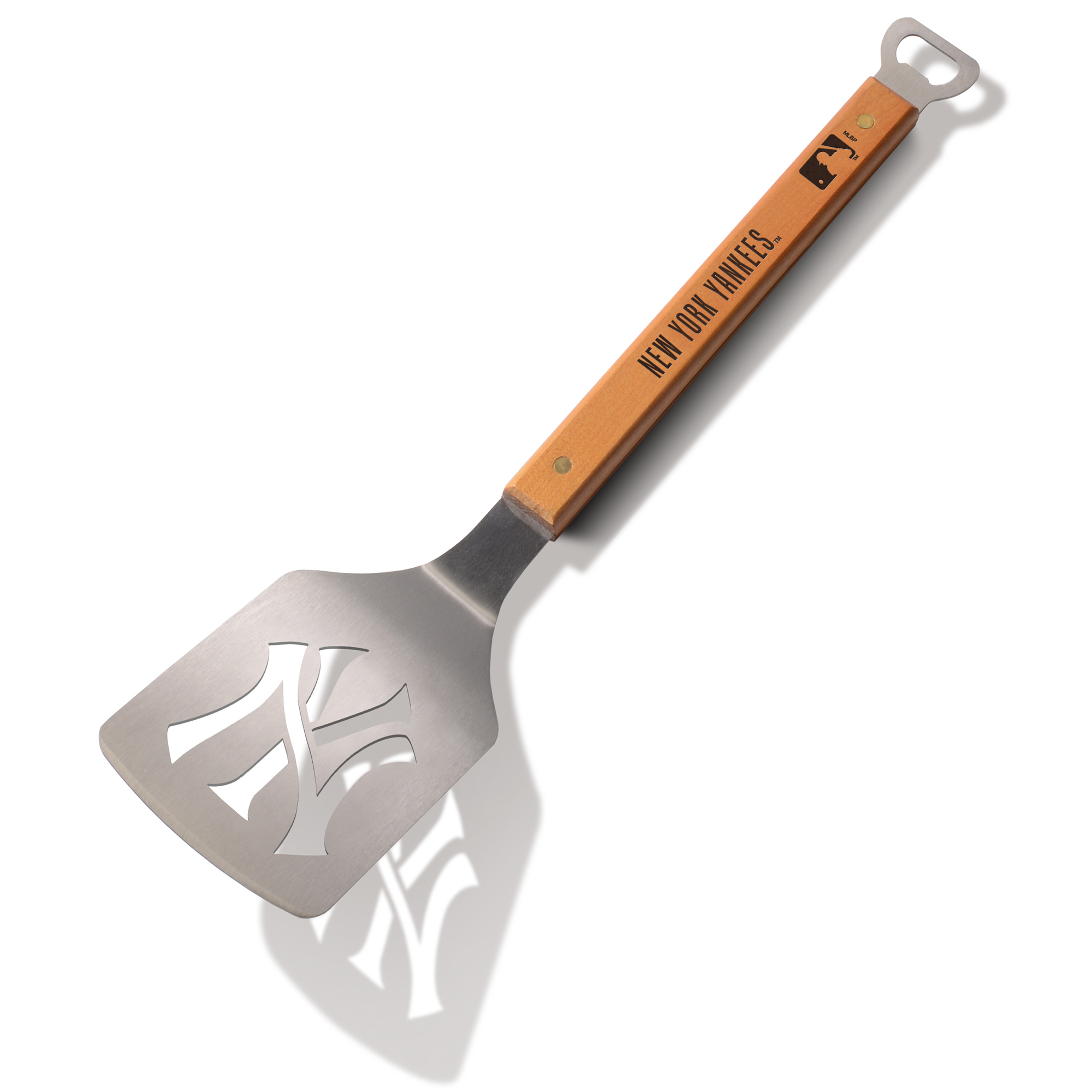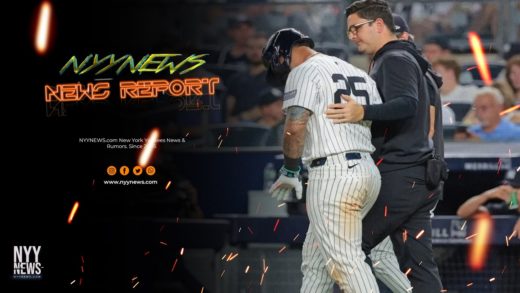The Yankees Rule 5 draft prospects present a fascinating intersection of opportunity and challenge for the team’s management. Each year, the Yankees face crucial decisions regarding which players to protect from being poached in this annual draft, highlighting the depth of their minor league system. As the Rule 5 draft approaches, scrutiny intensifies around Yankees prospect decisions and how they balance their roster to maintain competitive advantage. With talent like T.J. Rumfield potentially on the line, the stakes are high for the Yankees to implement effective prospect protection strategies. Analyzing the Rule 5 draft implications becomes essential as the Yankees navigate the complexities of their roster dynamics and minor league depth.
When discussing the future of the Yankees, the upcoming Rule 5 draft looms large in the conversation about player development and roster management. This draft allows other teams to select unprotected players from the Yankees’ rich pool of talent, which could lead to significant shifts in their minor league depth. As the Yankees contemplate their strategy, key figures such as T.J. Rumfield emerge as pivotal players in the discussion about how to optimize their roster. With careful analysis of each prospects’ potential, the Yankees must weigh their options to safeguard promising talent while also considering their current major league composition. This delicate balancing act is central to the Yankees’ long-term success in an ever-evolving baseball landscape.

Understanding the Yankees’ Rule 5 Draft Prospects
The Rule 5 draft presents a unique challenge for the New York Yankees, particularly as they navigate the intricacies of roster management. With a rich pool of talent within their minor league system, the Yankees must carefully evaluate which prospects are worth protecting from selection by other teams. This process not only involves considering the potential impact of each player but also how their absence might affect the team’s depth. For instance, T.J. Rumfield, a promising first baseman, may be at risk of being unprotected, thereby inviting scrutiny from rival teams eager to bolster their rosters with fresh talent.
Moreover, the Yankees’ decisions during the Rule 5 draft are critical as they reflect on their long-term strategy for prospect protection. The team must weigh the benefits of retaining players like Rumfield against the potential upside of drafting fresh talent. As the Yankees analyze their minor league depth, they must also factor in the potential for injuries and performance fluctuations among their current roster. A player like Edgar Barclay, who demonstrated resilience with a strong finish in the minors, could be pivotal in the Yankees’ decision-making process, highlighting the need for strategic foresight in their prospect management.
The Impact of Yankees Prospect Decisions on Future Success
The decisions made by the Yankees regarding their minor league prospects carry significant implications for the team’s future success. By strategically protecting certain players from the Rule 5 draft, the organization can ensure that they retain key talents who may contribute to the major league roster in the coming seasons. This is particularly pertinent for the Yankees, who have a history of cultivating homegrown talent. The ability to maintain a strong pipeline of prospects is essential for building a competitive team that can contend for championships.
Additionally, the Yankees’ approach to prospect decisions reflects their overall philosophy in player development. By investing in their minor league system and prioritizing the protection of promising players, such as Luis Gil, who showcased his potential as a starter, the Yankees can create a sustainable model for success. This means not only evaluating immediate needs but also planning for the long term. The balance of nurturing young talent while managing the demands of the major league roster is crucial for the Yankees as they seek to maintain their status as perennial contenders.
Analyzing the Yankees’ Minor League Depth Ahead of the Draft
As the Yankees prepare for the Rule 5 draft, a comprehensive analysis of their minor league depth is essential. The organization boasts a wealth of talent across various positions, which presents both opportunities and challenges. With several players on the cusp of making an impact at the major league level, the Yankees must prioritize which prospects to protect. The depth in the minor leagues allows the Yankees to be selective, but it also puts pressure on them to make the right choices, as failing to protect a standout prospect could result in losing a valuable player to another team.
Furthermore, the Yankees’ minor league depth is characterized by a mix of established players and emerging talents. As seen with the likes of Austin Wells, who made a significant impact in his first full season in the majors, the right player can transform the team’s performance. The Yankees must evaluate how each prospect fits into their overall strategy and whether they can contribute to the team’s success in the near future. This depth not only serves as a buffer against injuries but also provides the Yankees with potential trade assets, making their decisions all the more critical as they approach the draft.
Prospect Protection Strategies for the Yankees
In navigating the complexities of the Rule 5 draft, the Yankees must implement effective prospect protection strategies. This requires a delicate balance between assessing player potential and managing roster constraints. The Yankees’ front office needs to be proactive in identifying which prospects have the potential to thrive in the major leagues while ensuring that they do not expose their most promising players to other teams. This is particularly crucial for players like T.J. Rumfield, who may emerge as a key contributor if given the opportunity.
Additionally, the Yankees should consider their long-term vision when it comes to prospect protection. With a deep roster in their minor leagues, they have the flexibility to make strategic decisions that align with their overall goals. By investing in the right players and ensuring they are protected during the Rule 5 draft, the Yankees can maintain a robust pipeline of talent that can support their quest for championships. This strategic foresight will be essential in maintaining their competitive edge within the league.
Evaluating Key Players in the Yankees’ Minor League System
As the Yankees prepare for the Rule 5 draft, evaluating key players in their minor league system becomes paramount. The performance and potential of these players will significantly influence the Yankees’ decisions regarding who to protect. For instance, Luis Gil’s earlier successes this season have positioned him as a valuable asset that the Yankees may choose to safeguard. Similarly, Edgar Barclay’s recent strong finishes could bolster his case for protection, illustrating the importance of timely evaluations in the prospect management process.
Moreover, the Yankees need to remain vigilant in monitoring the development of their prospects. The emergence of players like Austin Wells as a primary catcher has highlighted the importance of keeping tabs on player progress. Analyzing how these players adapt to the challenges of the minors can provide insights into their readiness for the major leagues. The Yankees must compile comprehensive evaluations and make informed decisions to ensure they retain the most promising talents in their system.
The Role of Performance Metrics in Yankees’ Prospect Decisions
In today’s baseball landscape, performance metrics play a crucial role in shaping the Yankees’ prospect decisions. The team’s analytics department closely monitors various statistics to gauge player potential and readiness for the majors. For instance, the impressive ERA recorded by Edgar Barclay in the latter part of the season may influence the Yankees’ decision to protect him. Metrics such as strikeout-to-walk ratios and on-base percentages can provide invaluable insights into a player’s overall performance and potential impact at the major league level.
Furthermore, the incorporation of advanced analytics allows the Yankees to make data-driven decisions about their minor league players. By analyzing performance trends, the organization can identify which prospects are likely to succeed in the majors and which may benefit from additional development time. This analytical approach not only aids in protecting valuable prospects but also helps in shaping the team’s future strategy. The Yankees’ ability to leverage performance metrics will be a significant factor as they navigate the complexities of the Rule 5 draft.
Future Implications of the Yankees’ Rule 5 Draft Strategy
The Yankees’ strategy surrounding the Rule 5 draft has lasting implications for the franchise’s future. By making informed decisions about which prospects to protect, the organization can build a more competitive roster that is capable of contending for championships. The careful evaluation of players such as T.J. Rumfield and Luis Gil can determine the balance of talent on the major league roster, ultimately influencing the team’s success in upcoming seasons.
Additionally, the outcomes of the Rule 5 draft can shape the Yankees’ approach to player development and scouting. The choices made in protecting or exposing certain prospects underscore the importance of a strong minor league system and highlight the need for strategic foresight. As the Yankees continue to refine their prospect management strategies, the lessons learned from past drafts will inform their decisions moving forward, ensuring a sustainable model for success within the organization.
The Importance of Player Development in the Yankees’ Organization
Player development is a cornerstone of the Yankees’ organizational philosophy. By investing in their minor league system, the Yankees not only enhance their chances of success in the Rule 5 draft but also cultivate homegrown talent that can contribute to the major league roster. This focus on development ensures that the team remains competitive while fostering a culture of growth and opportunity for young players. The emphasis on nurturing prospects like T.J. Rumfield and Luis Gil is pivotal in maintaining a robust pipeline of talent.
Moreover, the Yankees’ commitment to player development reflects their long-term vision for the franchise. By prioritizing the growth of their minor league talents, the organization can create a sustainable model for success. The ability to develop players who can seamlessly transition into the major leagues not only bolsters the team’s immediate needs but also enhances its future prospects. This strategic approach is vital as the Yankees seek to remain at the forefront of baseball’s competitive landscape.
Navigating the Challenges of the Rule 5 Draft
Navigating the challenges of the Rule 5 draft requires the Yankees to adopt a multifaceted approach. The complexities of roster construction, coupled with the need to protect valuable prospects, create a delicate balancing act for the front office. Each year, the Yankees must carefully assess their minor league talent pool and make tough decisions about which players to safeguard. This process is not only about evaluating current performance but also projecting future potential, which can significantly impact the team’s success.
In addition, the Yankees must remain agile and responsive to the evolving dynamics of the league. The decisions made during the Rule 5 draft can reverberate throughout the organization, influencing trade strategies and roster decisions for years to come. The ability to protect promising players while remaining open to acquiring new talent is crucial for maintaining a competitive edge. As the Yankees approach the draft, the focus will be on making informed choices that align with their long-term goals and aspirations within Major League Baseball.
Frequently Asked Questions
What are the key Yankees Rule 5 draft prospects to watch this year?
The key Yankees Rule 5 draft prospects include T.J. Rumfield and Edgar Barclay. Rumfield’s potential as a first base option makes him a candidate for protection, while Barclay’s late-season performance (2.25 ERA in his last four starts) has garnered attention.
How do the Yankees prospect decisions impact their Rule 5 draft strategy?
Yankees prospect decisions significantly influence their Rule 5 draft strategy, particularly in evaluating which players to protect. With a deep minor league system, the Yankees must weigh the potential of each player, such as T.J. Rumfield, against the risk of losing them to other teams.
What are the implications of the Rule 5 draft on Yankees minor league depth?
The Rule 5 draft poses challenges for Yankees minor league depth by risking the loss of valuable prospects like T.J. Rumfield if not protected. Teams must balance the development of their players with the need to maintain a competitive major league roster.
What strategies do the Yankees employ for prospect protection during the Rule 5 draft?
The Yankees employ several strategies for prospect protection during the Rule 5 draft, including assessing player performance and potential impact. Players like Luis Gil and T.J. Rumfield are evaluated closely to determine whether they should be added to the 40-man roster.
Who are the most notable Yankees prospects at risk of being selected in the Rule 5 draft?
Notable Yankees prospects at risk of being selected in the Rule 5 draft include T.J. Rumfield, who could fill a first base void, and Edgar Barclay, whose strong finish to the season may attract attention from other teams.
What factors influence the Yankees’ decisions on Rule 5 draft prospects?
Factors influencing the Yankees’ decisions on Rule 5 draft prospects include player performance, organizational needs, and the depth of the minor league system. Evaluating players like Austin Wells and LaMonte Wade Jr. is crucial in these decisions.
How does T.J. Rumfield fit into the Yankees’ Rule 5 draft plans?
T.J. Rumfield fits into the Yankees’ Rule 5 draft plans as a potential first base option; his abilities make him a strong candidate for protection. The Yankees must consider his impact versus the risk of losing him.
What challenges do the Yankees face regarding their Rule 5 draft analysis?
The Yankees face challenges in their Rule 5 draft analysis due to the depth of their minor league system, which makes it difficult to protect all promising prospects. Evaluating which players, like T.J. Rumfield, to keep on the roster is a complex decision.
How does the Yankees’ lack of a first base option affect their Rule 5 draft decisions?
The Yankees’ lack of a true first base option increases the urgency to protect T.J. Rumfield during the Rule 5 draft, as they risk losing a key player who could fill a significant gap in their lineup.
What impact does the Rule 5 draft have on the development of Yankees minor league players?
The Rule 5 draft can disrupt the development of Yankees minor league players by forcing the team to make tough decisions on player protection, potentially stalling the growth of prospects who are not added to the roster.
| Player | Position | Performance Notes |
|---|---|---|
| T.J. Rumfield | First Base | Unprotected, could be a risk due to lack of options. |
| Edgar Barclay | Pitcher | Inconsistent performance, but solid finish with a 2.25 ERA. |
| Luis Gil | Pitcher | Effective before the All-Star break, limited opponent batting average. |
| Austin Wells | Catcher | Emerging as primary catcher in his first full major league season. |
| LaMonte Wade Jr. | Outfield/First Base | Patient approach at the plate, fits Yankees’ strategy. |
Summary
Yankees Rule 5 draft prospects represent a critical decision-making juncture for the team as they must weigh the depth of their minor league system against the need to protect promising players. The Yankees’ strategic approach in the coming months will be essential in determining which players they retain, especially with key prospects like T.J. Rumfield and others potentially facing selections by rival teams. The decisions made will significantly impact the team’s future roster composition and overall competitiveness.
-

Men’s Antigua Heather Gray New York Yankees Hunk Quarter-Zip Pullover Top
$94.99 Buy Now -

Men’s Antigua White New York Yankees Patriotic Tribute Quarter-Zip Pullover Top
$79.99 Buy Now -

Women’s Navy New York Yankees Live For It Team V-Neck T-Shirt
$34.99 Buy Now -

Baseball BBQ New York Yankees 17” Slugger Combo Set
$189.99 Buy Now -

Men’s Juan Soto Navy New York Yankees Bobblehead T-Shirt
$34.99 Buy Now -

Women’s White New York Yankees Love Wins V-Neck T-Shirt
$34.99 Buy Now -

New York Yankees Sportula
$24.99 Buy Now -

Men’s Fanatics Black New York Yankees Signature A-Frame Adjustable Hat
$59.99 Buy Now












